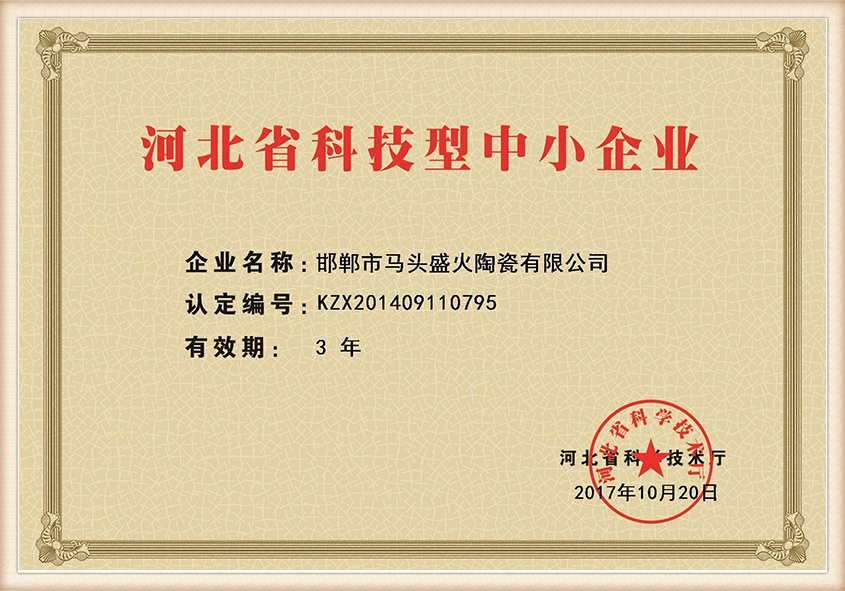Lost Foam Castings A Revolutionary Approach to Metal Casting
Lost foam casting (LFC) is an innovative metal casting process that has gained significant traction in various industries, including automotive, aerospace, and art. This technique is distinct from traditional metal casting methods and offers unique advantages that make it appealing for complex and intricate designs.
At the heart of lost foam casting is the use of a foam pattern, typically made from polystyrene. This foam pattern is created using specialized molds, which are crafted to match the desired final shape of the metal part. Once the foam pattern is produced, it is then coated with a thin layer of fine sand mixed with a binding agent. This coating forms a shell around the foam, providing a mold that can withstand the heat of molten metal.
Lost Foam Castings A Revolutionary Approach to Metal Casting
One of the key benefits of lost foam casting is its ability to produce highly complex geometries with exceptional detail and precision. Traditional casting methods often require multiple components to be manufactured separately and then assembled, which can be time-consuming and costly. LFC allows for the creation of intricate parts in a single step, reducing both labor and material costs. This is particularly advantageous in industries where lightweight components are essential, such as aerospace, as it allows for the creation of parts that are both strong and lightweight.
lost foam castings

In addition to its design flexibility, lost foam casting offers superior surface finish capabilities compared to traditional sand casting. The smooth surface of the foam pattern translates directly to the final metal part, often requiring little to no additional finishing work. This is a significant advantage in applications where aesthetics and precision are paramount.
Environmentally, lost foam casting presents a more sustainable option compared to other casting methods. The process generates less waste, as the foam patterns are often made from recyclable materials. Furthermore, the reduced need for machining means less energy consumption and lower emissions associated with production.
However, like any manufacturing process, lost foam casting has its challenges. Controlling the temperature and timing during the pouring of molten metal is critical, as premature vaporization of the foam can lead to defects in the casting. Additionally, while LFC is suitable for many alloys, certain metals may not perform as well with this method due to specific thermal properties.
In conclusion, lost foam casting represents a significant advancement in metal casting technology. Its ability to produce complex shapes with high precision while minimizing waste and reducing production costs makes it a valuable technique in modern manufacturing. As industries continue to seek more efficient and sustainable production methods, lost foam casting is poised to play an increasingly important role in the future of metalworking.
Post time:أكتوبر . 13, 2024 07:20
Next:sand cast
